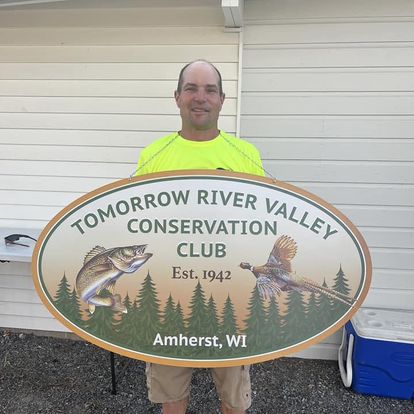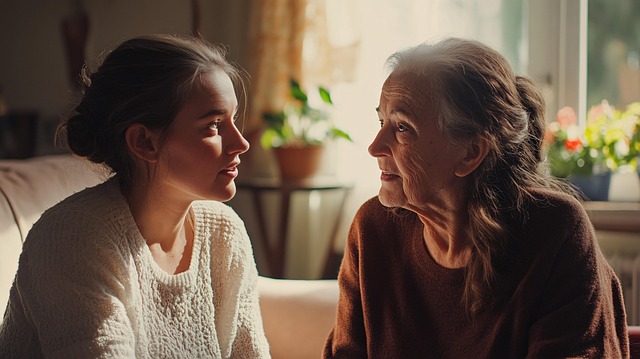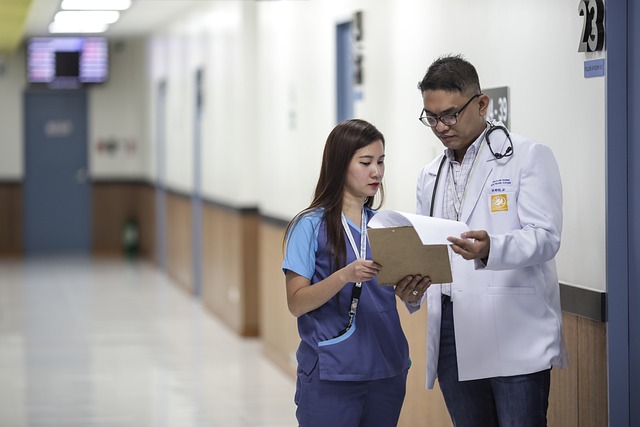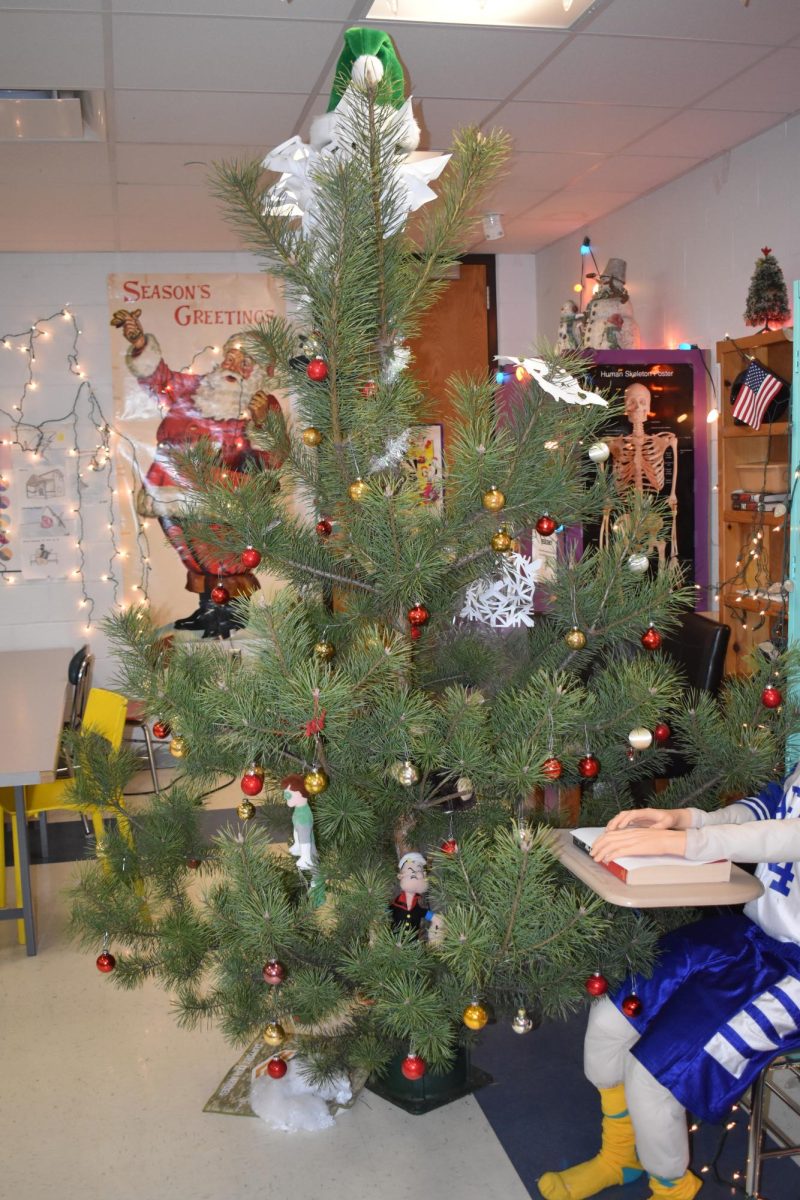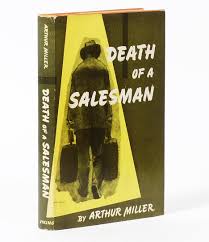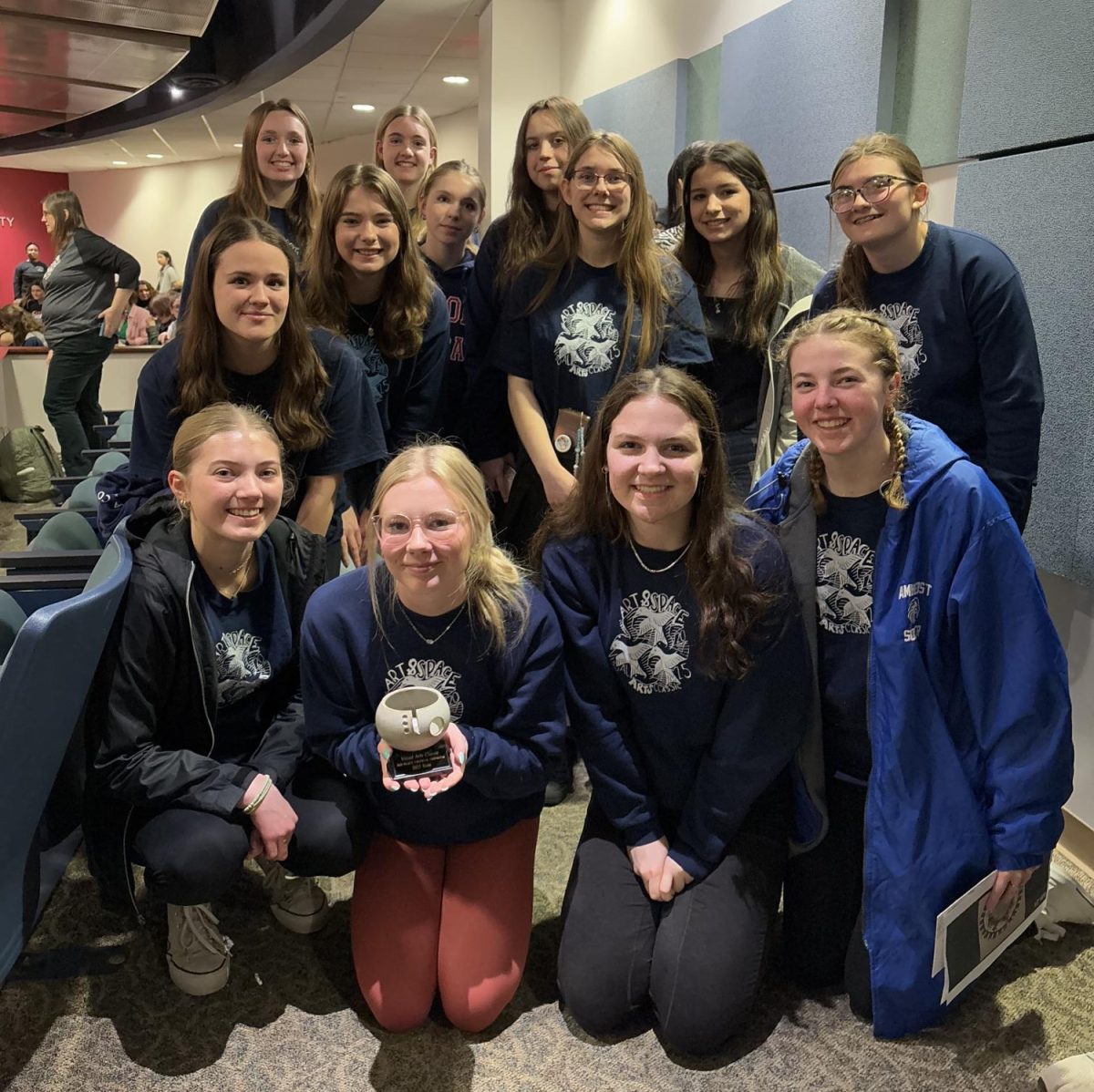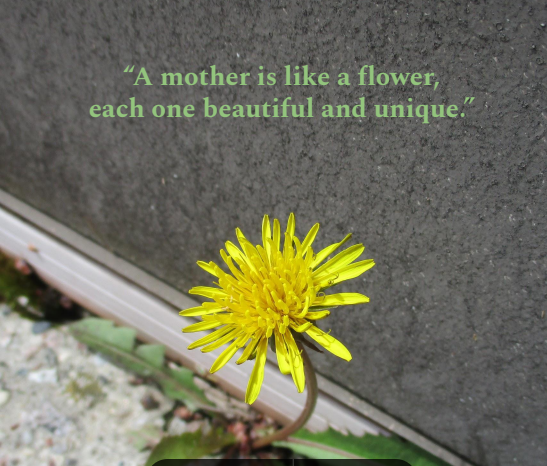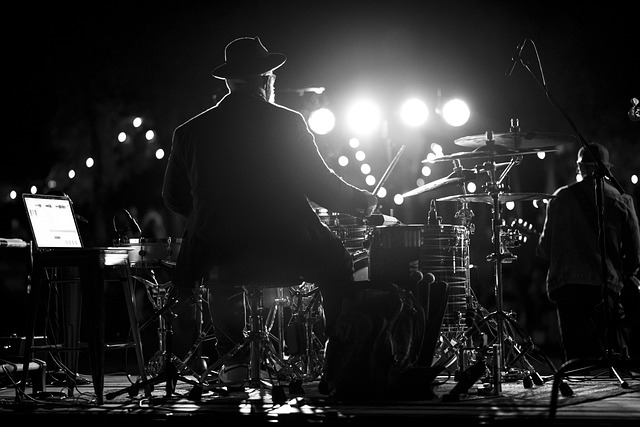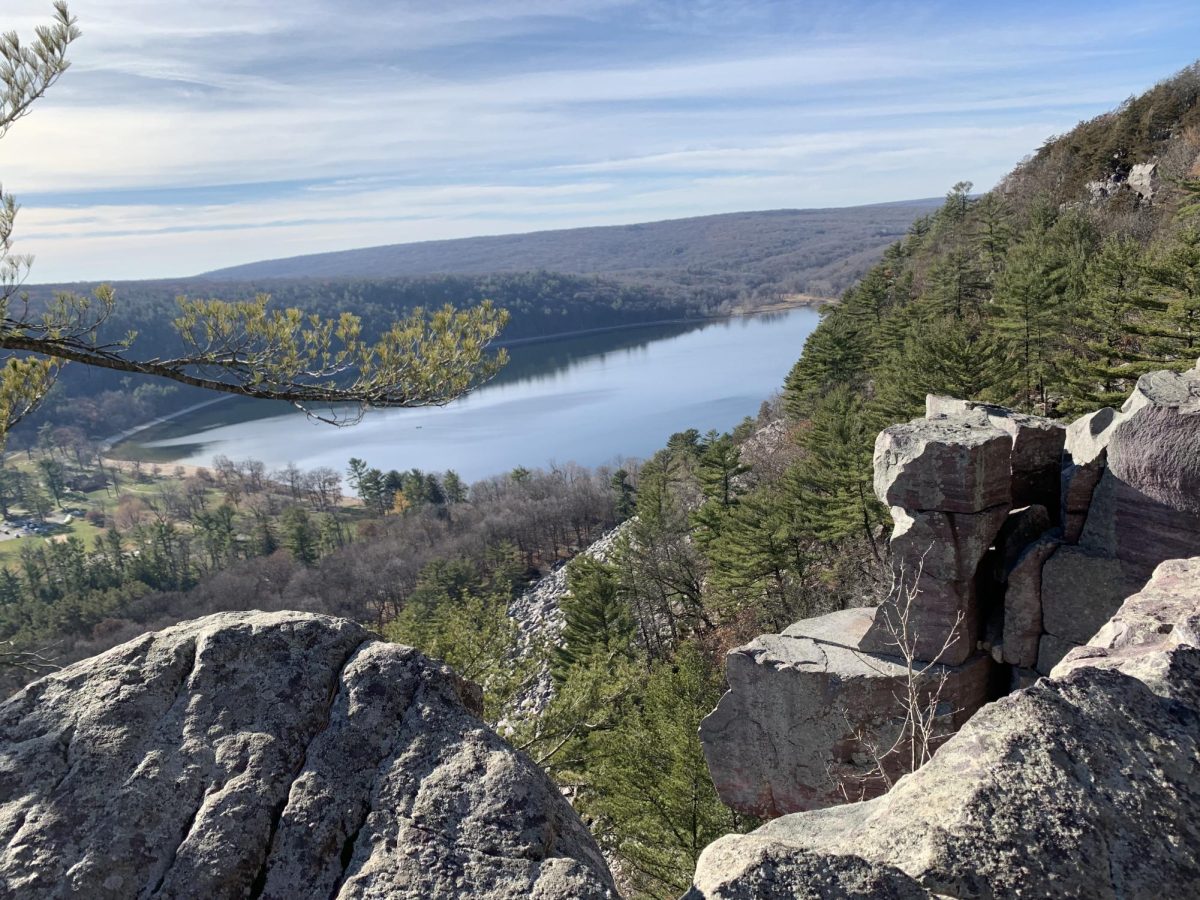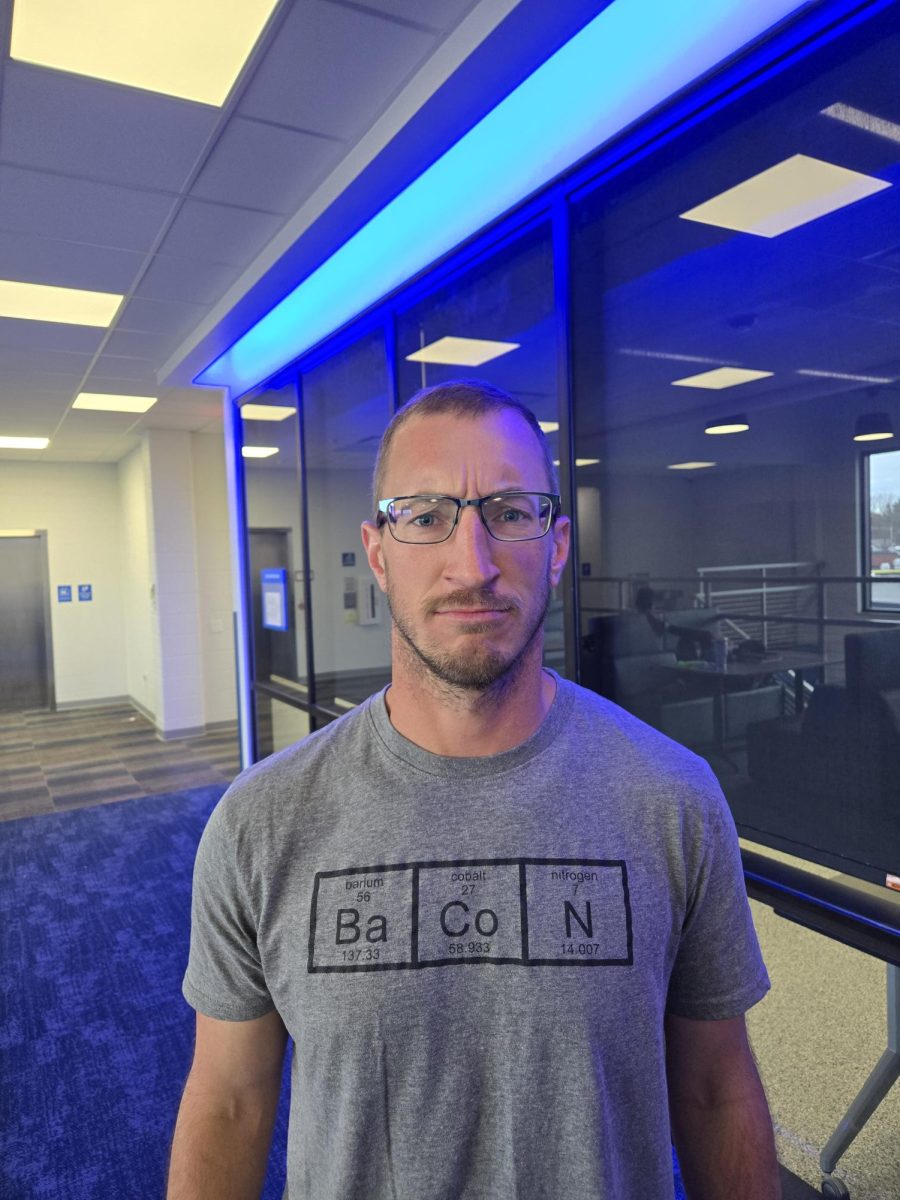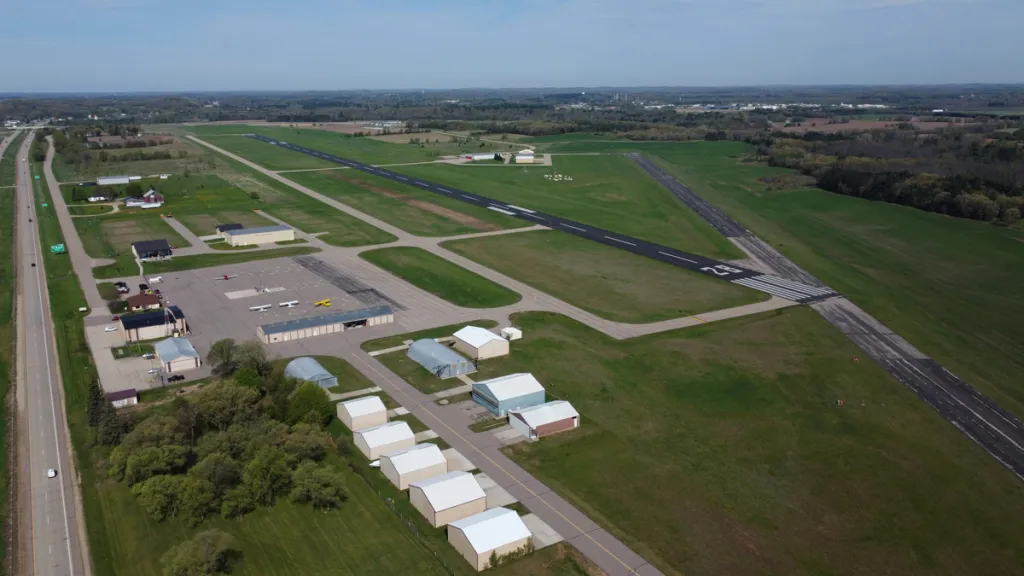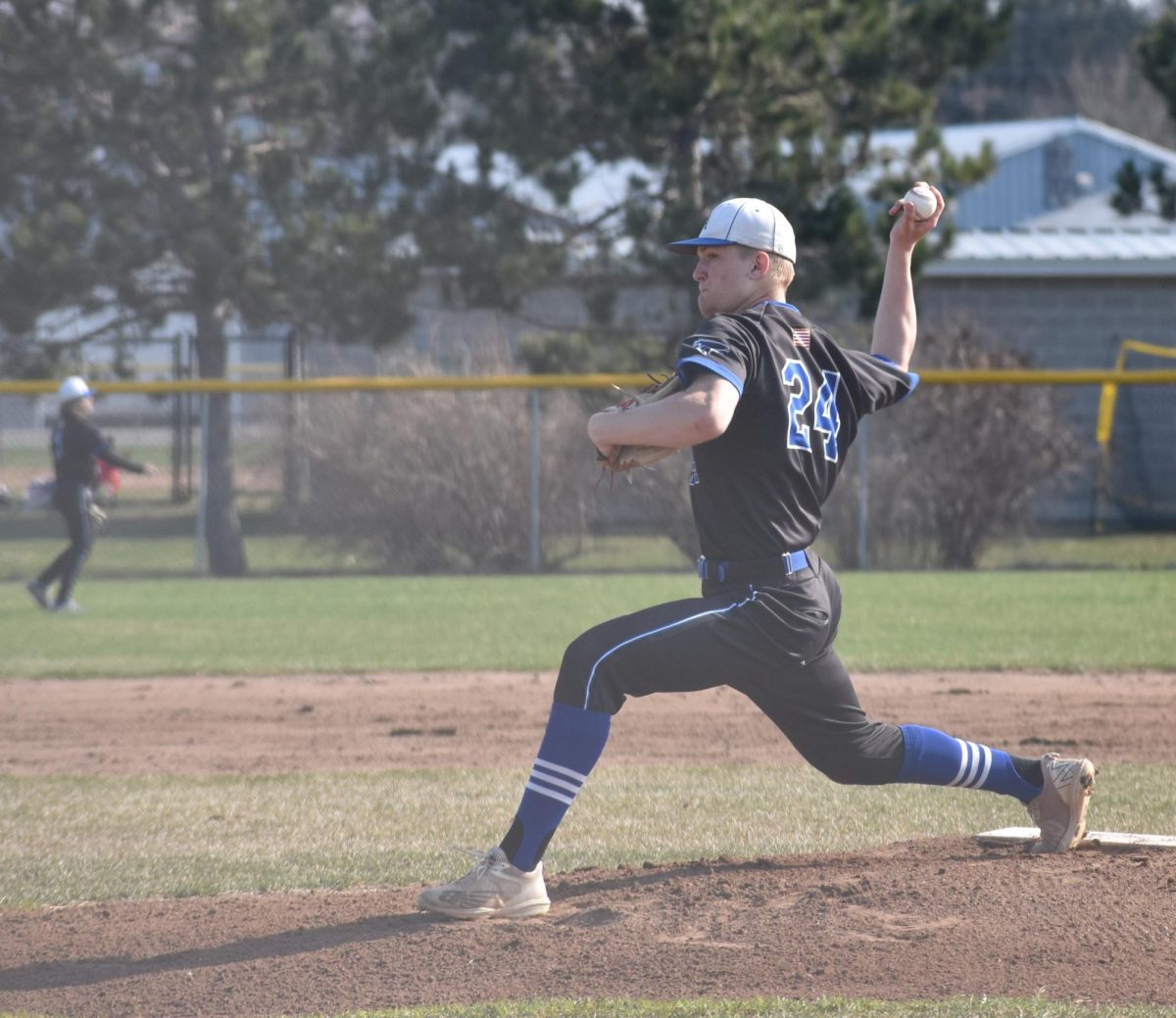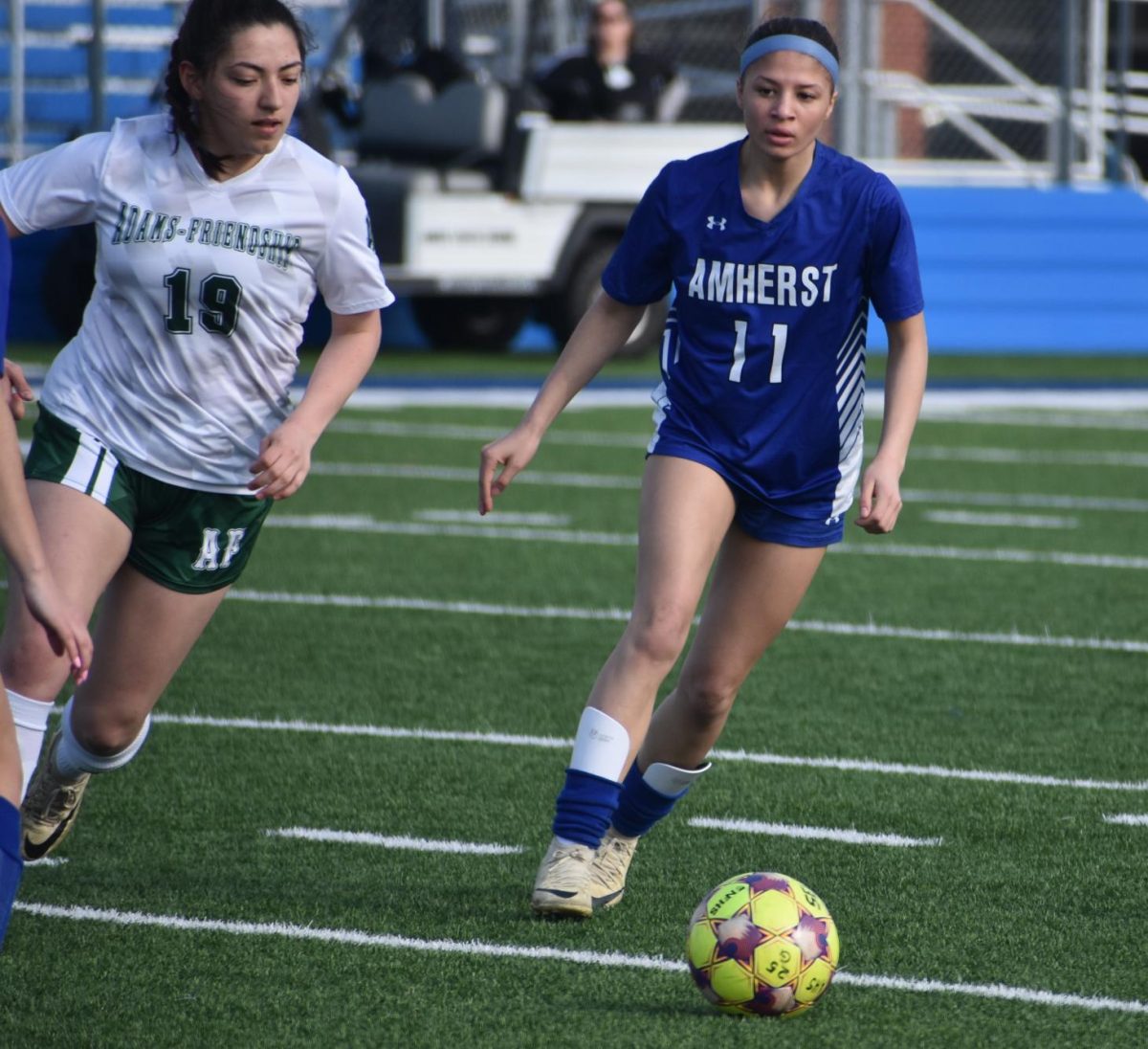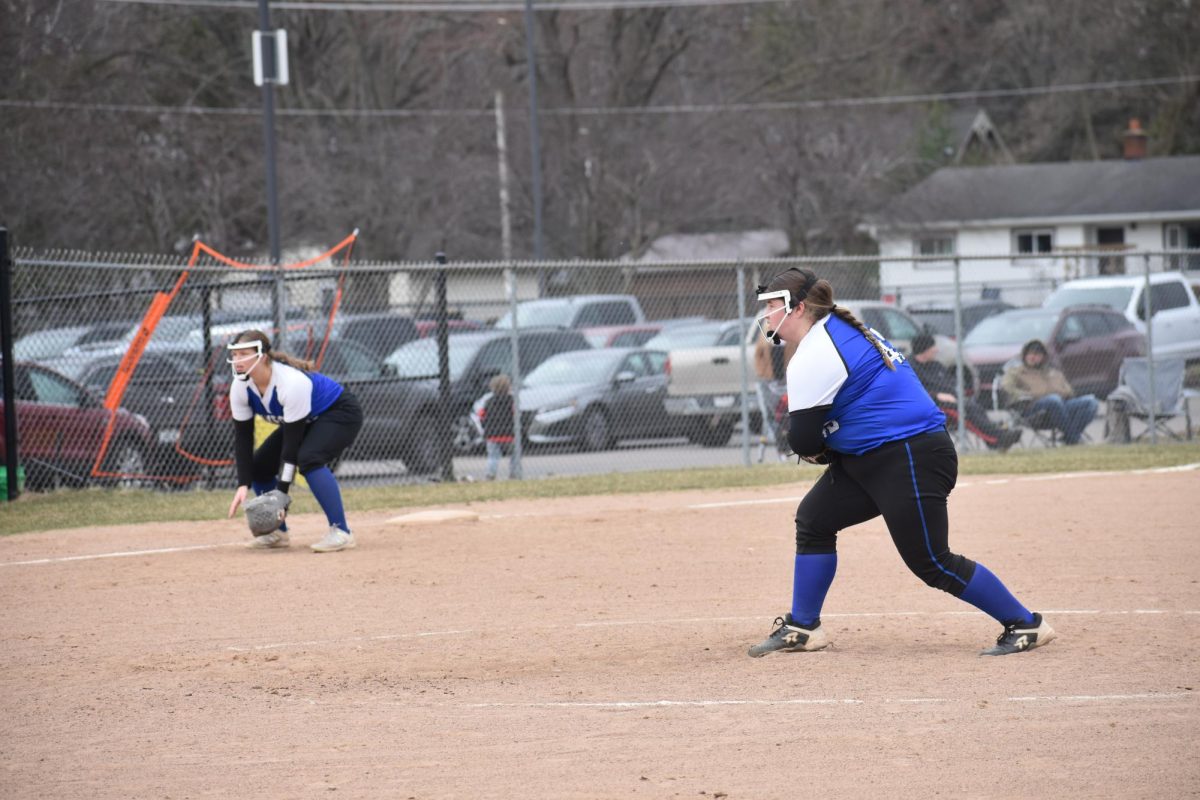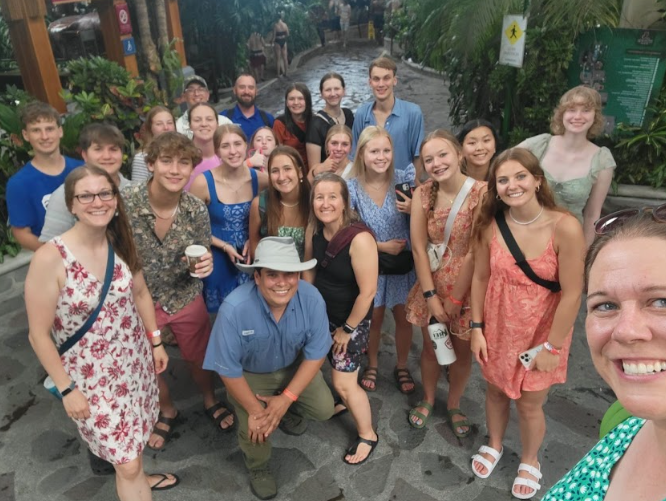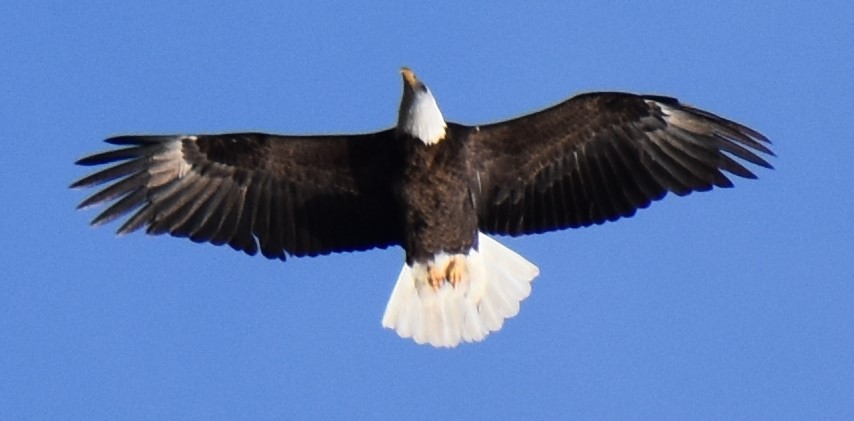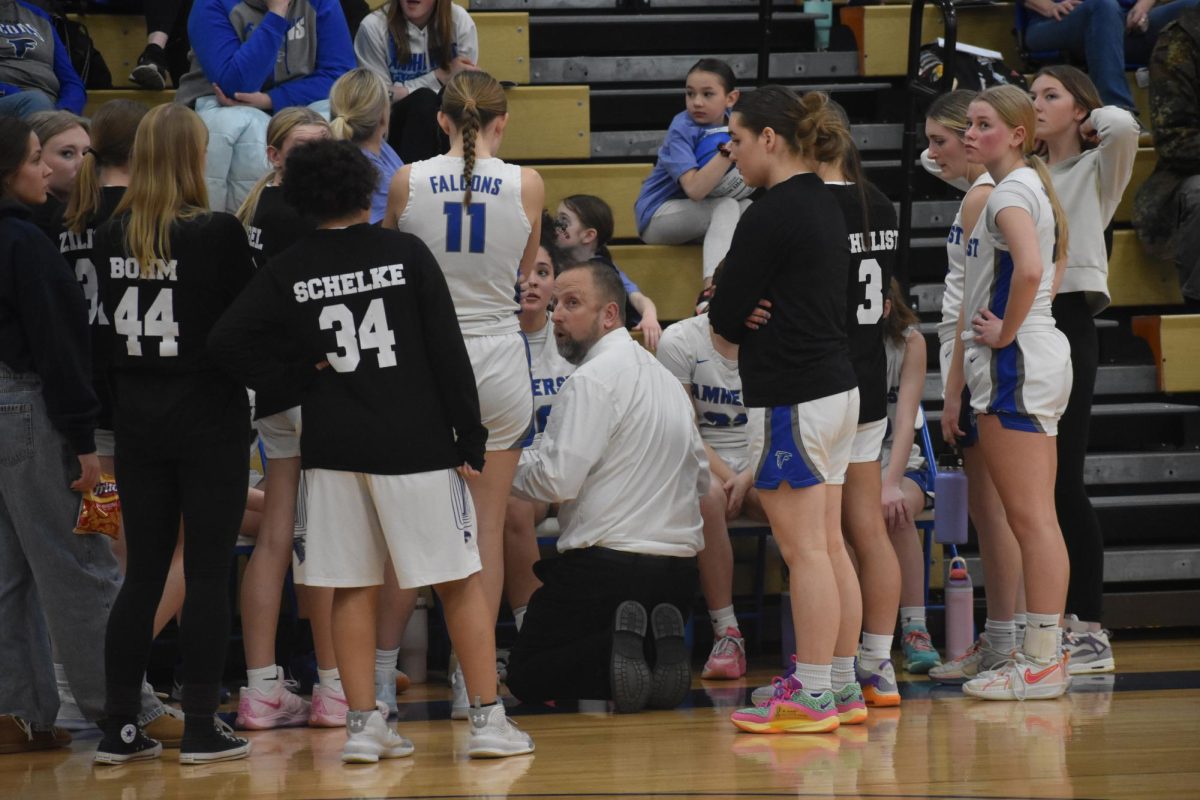Save lives by preparing students for worst case scenarios

March 14, 2023
Everyday around the world, individuals confront dangerous situations. They may face everything from natural disasters to people with malicious intentions. Some individuals have the knowledge to survive what they face; they have prepared themselves by having learned essential skills. However, certain individuals have had no such training opportunities, and the lack of preparedness may increase the chance of injury or death.
Though not everyone will encounter survival situations, everyone deserves access to proper training so they have the opportunity to keep themselves and others safe. “It is far better to know such skills and not need them, rather than the other way around,” wrote Gordon Soaring Hawk, an experienced survivalist (2014, p. 70). American high schools should require students to take a disaster preparedness class as a requirement for high school graduation because it will provide valuable knowledge, promote teamwork, and boost students’ confidence.
Many examples of disasters, both natural and man-made, could be covered in the preparedness course. For example, there could be units on active shooter drills, self-defense, natural disasters, first aid, or even the basics of car repair. Some of these topics are already touched on in schools: fire and tornado drills, for instance, are common in Wisconsin schools. However, though the drills prepare students for handling emergencies in a school setting, they don’t usually prepare students for disasters outside of school. Individuals need to be able to have the best chance to survive emergencies in a variety of settings outside of school. If the individuals encounter a tornado while driving in a car, for example, they should be taught how to take measures to stay as safe as possible.
It can be argued that there is no definite connection whether teaching emergency preparedness to children has a direct link to higher rates of safety in adulthood. In their 2014 article, Johnson et al. put it plainly: “While there is evidence of valuable knowledge change, there is still very limited empirical evidence of how disaster education programs facilitate children’s roles in household preparedness, their self-protective capacities, or their likelihood of preparing for disasters as adults” (p. 107). However, though no direct evidence draws the conclusion, giving students valuable knowledge is important and could help them in the future.
A high school disaster preparedness class can also provide an opportunity for students to learn valuable social skills and build teamwork. In a real disaster, individuals are hard-pressed to collaborate to survive. Though not as intense in the classroom, the stakes presented in practice scenarios would be higher than in a typical group assignment in another class. In a study on a preparedness course called We’re Ready! “Interactive and engaging activities were incorporated with the aim of strengthening social connections and enhancing community resilience by designing customized community disaster plans” (Bogdan et al., 2021). By preparing students to work with their peers in the classroom, they can learn the same methods they might need to employ if working with strangers in a hazardous situation in the future.
Alongside the other benefits a disaster preparation course provides, the class could help to boost students’ confidence and self-reliance. Though over-inflated confidence, even near the end of a survival situation can be unhelpful – “…as you get closer to being in the clear, overconfidence can lead to a lackadaisical approach that can quickly get you into trouble” (Soaring Hawk, 2014, p. 72) – a healthy amount can foster productivity and knowledge. The self-confidence students could learn would carry over into other aspects of life. Even if they don’t encounter a survival situation, students would have a sense of self-reliance that is useful for their mental health, in a variety of job settings, and in a social aspect.
With the training and skills offered by a high school disaster preparation course, students would be ready to better handle hazardous situations, work as a team, and have confidence in their abilities. Requiring the course as necessary for high school graduation would allow everyone the opportunity to learn about the dangerous situations they could face in the future, and how best to take care of the situation. It is necessary to support a required disaster preparation course for high school students.
References
Bogdan, E. A., Roszko, A. M., Beckie, M. A., & Conway, A. (2021). We’re Ready! Effectiveness of Community Disaster Preparedness Workshops across Different Community Groups in Alberta, Canada. International Journal of Disaster Risk Reduction. https://doi.org/10.1016/j.ijdrr.2021.102060
Johnson, V. A., Ronan, K. R., Johnston, D. M., & Peace, R. (2014). Evaluations of disaster education programs for children: A methodological review. International Journal of Disaster Risk Reduction, 107-123. https://www.iaem.org/portals/25/documents/Evaluations-of-Disaster-Education-Programs-for-Children-Methodological-Review-2014.pdf
Soaring Hawk, G. (2014). 7 Essential Skills for Survival. Grit, 132(2), 70–72.



